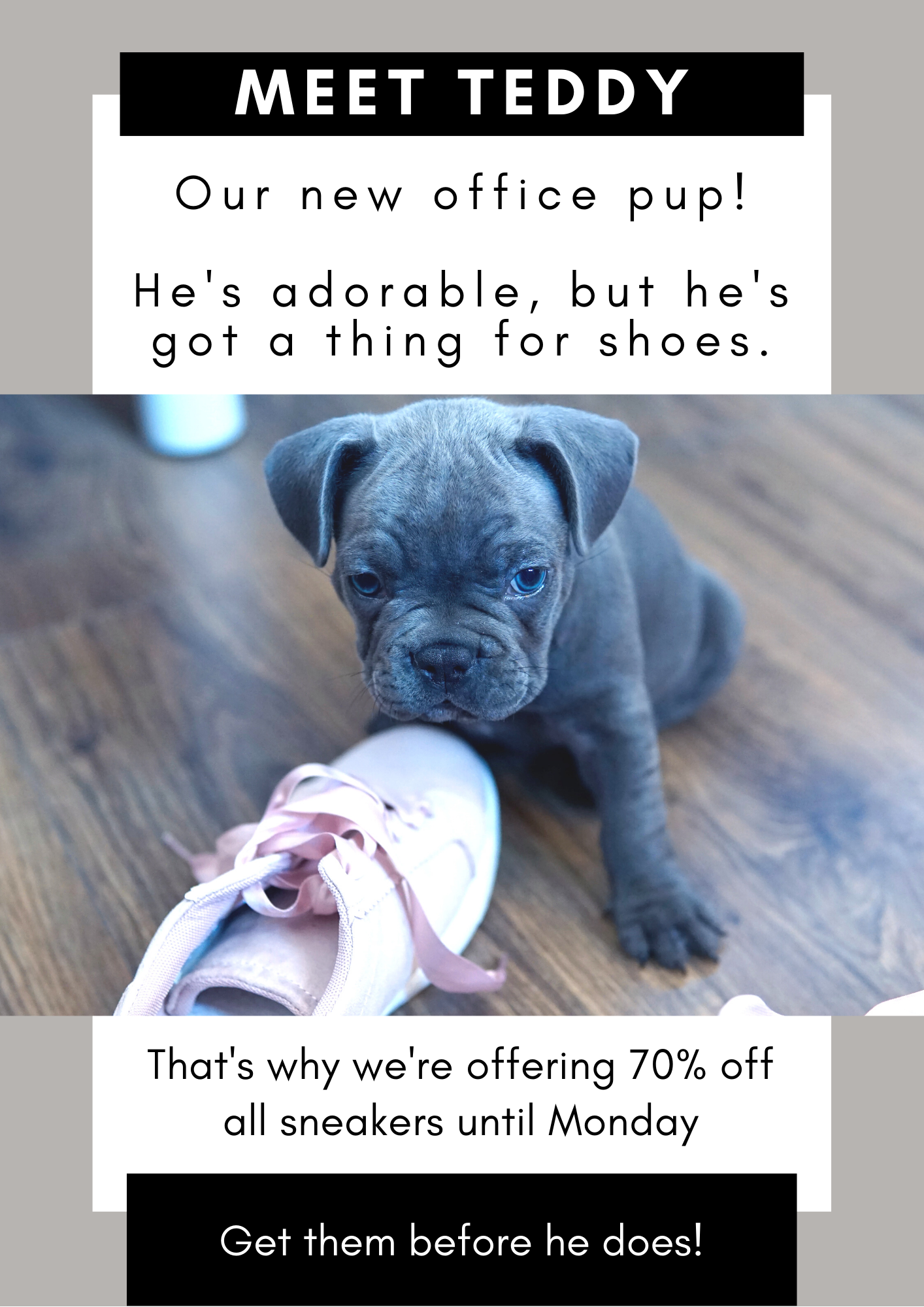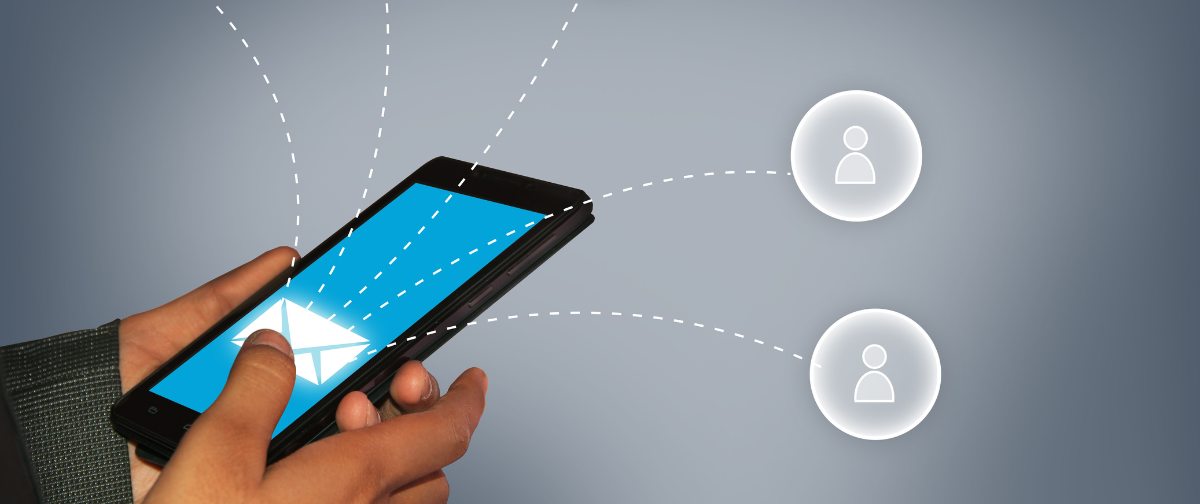When reaching out to our clients via email, we’re trying to make a personal connection via a very impersonal channel. This is where storytelling comes in.
Email is often a one-way form of communication so if we’re not asking the customers to engage in dialogue with us, we need to find another way to make a lasting impression. Facts, figures and offers are scanned and forgotten, but storytelling will stick in your customers’ heads.
Let’s look at storytelling in memory… In the book Moonwalking with Einstein, the author looks at US memory champions and their techniques. Within a few minutes, they can recall the order of a fully shuffled deck of playing cards by creating a narrative in their minds. Later, when asked to recall the order, they simply retell themselves the story. Our brains are built for stories, and the more things we can link into a narrative, the more we will remember later on.
This especially applies to imagery in our storytelling. If we can create an image in our mind’s eye, it is much easier to recall it. Check out this fantastic example from The Guardian. Read the following paragraph, and then close your eyes and see how much of it you can recall. When you’ve finished, write down the items that you remember.
“A man called Nigel is sat next to his enormous, 300lb pet squid as they travel around in the back of his lime-green limo. They’re arguing over what to watch on the limo’s TV: Coronation Street, or Sesame Street. It soon turns into a fight, which the squid wins by using its eight limbs to empty eight pepper-grinders on to Nigel’s head. Nigel leaps from the car in terror and runs away towards the sea, cleverly heading through a thick yellow field of rapeseed to stop the squid from following. On reaching the beach, he meets Prince Harry, who is celebrating his 25th birthday. Prince Harry persuades Nigel to help him confront two Gallic dancers who have eaten a beautiful “she-swan” (without the Queen’s permission). After the attack, Nigel jumps into the sea and swims out towards, as luck would have it, the Lady of Shalott, who is bobbing up and down in a boat made from a giant orange pepper. She invites him on board and they fall in love.”
(…) Now, you’ll perhaps be wondering what the point of remembering a random list of objects like this might be. But here we can reveal that the story you’ve learned is not at all random, but in fact encodes the ingredients for a Nigel Slater recipe. Hooray! The 300lb squid represents 300g of squid; the lime-green limo is a lime; Coronation Street stands for coriander; Sesame Street for sesame oil; eight pepper grinders for eight crushed peppercorns; the rapeseed field for rapeseed oil; Prince Harry celebrating his birthday for 25g ginger; two Gallic dancers for two cloves of garlic; the “she-swan” for Szechuan pepper; the sea for salt; the Lady of Shalott for shallots; the orange pepper boat for one large orange pepper.
Now, how can we apply this concept to our emails…?
Behind every email campaign is a company, and behind every company is a voice. By analyzing our company’s voice and creating a personality, we can then look at introducing our personality to our customers through storytelling. Instead of just sending them offers and bombarding them with forgettable content, talk to them about your personality, about your office, about your day-to-day.
If you email your customers with an advert for stock clearance on shoes, they might take a look at your website, but unless they buy then and there, they’ll probably mark the email as read and then forget about it.
If you email them telling them about Teddy, the new office puppy who has a tendency to rob sneakers, they’re more likely to remember the image later on. Emotions create stronger memories, so don’t be afraid to tug on those heartstrings!

By creating a personality or a character, it means that your emails can then follow their story. What has Teddy gotten up to since your last email? Are you writing late-night emails because he wasn’t feeling well? Maybe he could appear on your landing page asking people to sign up because he ate your homework. Teddy can spread to your social media channels and can help to create entertaining content for your followers, too.






